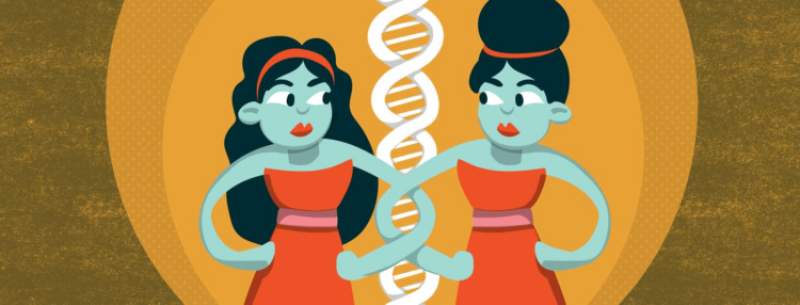About one in every 65 pregnancies in the UK results in a multiple birth, a figure that has grown since the advent of fertility treatments, and nearly all of those multiples will be twins. The unusualness of twins has captured the creative imagination going all the way back to the earliest of myths.
…
Worldwide, less than one in 300 people are identical twins. Effectively clones, they present not just a strikingly similar image of themselves, but also provide a mirror for society to examine the age-old questions of nature and nurture. But their likeness has often been treated not as a biological quirk but as something weird, even supernatural.
[I]t’s that nature-nurture question again, which remains the subject of ongoing intellectual and political dispute. Central to any inquiry into what most determines our lives – biology or the environment – is the study of twins, specifically the comparison of identical and non-identical (also known as fraternal or dizygotic) twins.
…
That is to say that given that both types of twins are likely to be brought up in the same environment in very similar ways, if identical twins show a more pronounced sharing of traits, this is almost certainly due to genetic factors – particularly when studies involve a large number of twins. … “Results indicate that genetic influences account for over 60% of the variance in scientific achievement, with environmental influences accounting for the remaining variance.”































